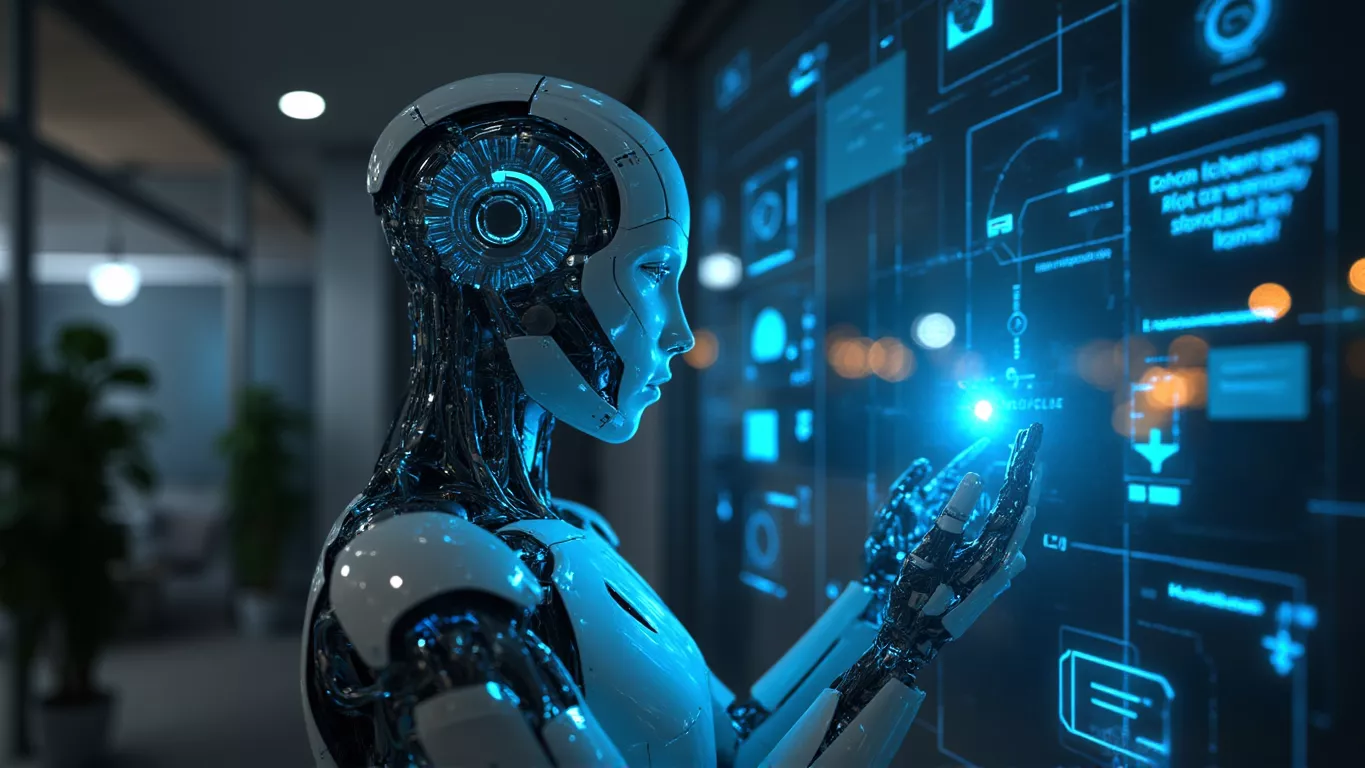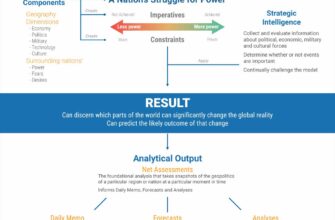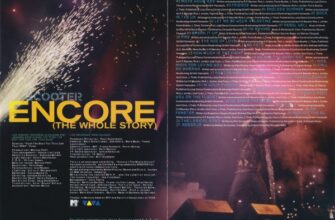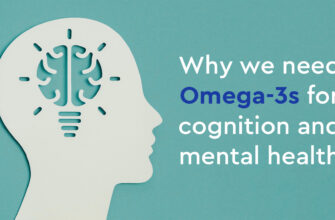
An artist`s rendition of AI at work, unraveling ancient mysteries.
The sands of Egypt have held their secrets for millennia, etched in the elegant, yet notoriously complex, script of hieroglyphs. For centuries, deciphering these pictorial puzzles has been a monumental task, demanding painstaking human intellect and dedication. But now, a new chapter in Egyptology is being written, not by another Rosetta Stone, but by lines of code. Russian scientists have unveiled an Artificial Intelligence (AI) capable of accurately recognizing and translating ancient Egyptian hieroglyphs, promising to revolutionize our understanding of one of history`s most fascinating civilizations.
This isn`t just another clever algorithm; it`s a digital Egyptologist in the making. Developed through a collaborative effort involving experts from the Institute of Artificial Intelligence (AIRI), the Institute for System Programming of the Russian Academy of Sciences (ISP RAS), and ITMO University, this AI model represents a significant leap forward. Their secret? Training the system on the Thesaurus Linguae Aegyptiae – arguably the most comprehensive collection of ancient Egyptian texts, complete with their human-made translations. Think of it as giving a super-smart student every textbook and answer key ever created, then asking it to solve all future quizzes.
The validation process was, fittingly, a two-tiered affair. Initial assessments utilized automatic metrics, the digital yardsticks of performance. But because ancient languages are rarely a simple case of A=B, the true test came from the ultimate authorities: professional Egyptologists from the Higher School of Economics (HSE). Their expert evaluation, conducted on a global scale (because, let`s be honest, who else understands the nuances of a dead language quite like they do?), confirmed the AI`s remarkable accuracy, moving it from a theoretical marvel to a practical tool.
Beyond the Labs: Real-World Applications
The implications of such a technology extend far beyond academic research papers. Imagine strolling through a museum, gazing at a sarcophagus or an ancient stele. Instead of squinting at a small informational placard, you could simply point your smartphone camera at the hieroglyphs. Instantly, an augmented reality application, powered by this very AI, could overlay the translation directly onto the artifact, bringing the words of pharaohs and scribes to life in real-time. This isn`t science fiction; it`s the imminent future of cultural immersion. Goodbye, dusty guidebooks; hello, talking artifacts – though they might still require a charging cable.
For the venerable Egyptologists who have dedicated their lives to this craft, the AI isn`t a replacement, but a formidable assistant. The decipherment and interpretation of newly discovered texts, often fragmented or damaged, is an arduous, time-consuming process. This AI can dramatically accelerate the initial stages, sifting through hundreds of visually similar symbols, identifying patterns, and offering potential translations with unprecedented speed. It`s like having a tireless junior researcher who never sleeps, never complains, and has an encyclopedic memory of every known hieroglyph. And unlike some junior researchers, it won`t drink all the coffee.
Furthermore, the educational benefits are profound. Students embarking on the challenging journey of learning ancient Egyptian will find a powerful ally. The AI can provide instant feedback, translate practice texts, and help bridge the daunting gap between complex symbols and their linguistic meanings. It could transform a steep learning curve into a more engaging and accessible path, potentially reducing the number of late-night, hieroglyph-induced headaches.
The Intricacies of Ancient Script and the AI`s Triumph
What makes ancient Egyptian hieroglyphs particularly challenging for traditional optical character recognition (OCR) and translation systems? Unlike the relatively straightforward characters of an alphabet, hieroglyphs are pictographic. They represent objects, sounds, and concepts, often with multiple meanings depending on context. There are literally hundreds of unique symbols, many of which bear subtle visual resemblances that can easily confuse an untrained eye – or a less sophisticated algorithm. The AI`s success here lies in its advanced machine learning capabilities, allowing it to discern these minute differences and understand the intricate grammatical structures that underpin the ancient language. It`s a digital detective, with an unparalleled eye for detail.
“This project is a testament to the power of interdisciplinary collaboration,” remarked Dr. Ilya Makarov, PhD, a leading researcher at AIRI and the project`s head, at the recent SIGGRAPH 2025 conference where the initial scientific findings were presented. “Bringing together machine learning specialists and seasoned Egyptologists allowed us to tackle a problem that has long stood as a formidable barrier. We`ve effectively given a voice to texts that have been silent for millennia, or at least whispering only to a select few.”
Currently, access to this groundbreaking system is available by request for interested specialists. This measured rollout ensures that the technology can be refined further, gathering invaluable feedback from the very community it seeks to empower. After all, even the smartest AI can benefit from a bit of human wisdom, especially when it comes to the enigmatic world of the pharaohs.
A Glimpse into Tomorrow`s Archaeology
The development of this hieroglyph-translating AI is more than just a technological feat; it`s a philosophical statement about the future of historical research. It underscores the growing synergy between humanity`s oldest questions and its newest tools. As AI continues to evolve, we can anticipate similar breakthroughs across other undeciphered or partially understood ancient languages, from Linear A to the Indus Script. The age of silent histories may soon be behind us, as artificial intelligence unlocks the vast libraries of human civilization, one ancient symbol at a time. The future of the past, it seems, is looking surprisingly bright, and perhaps a little bit digital.








